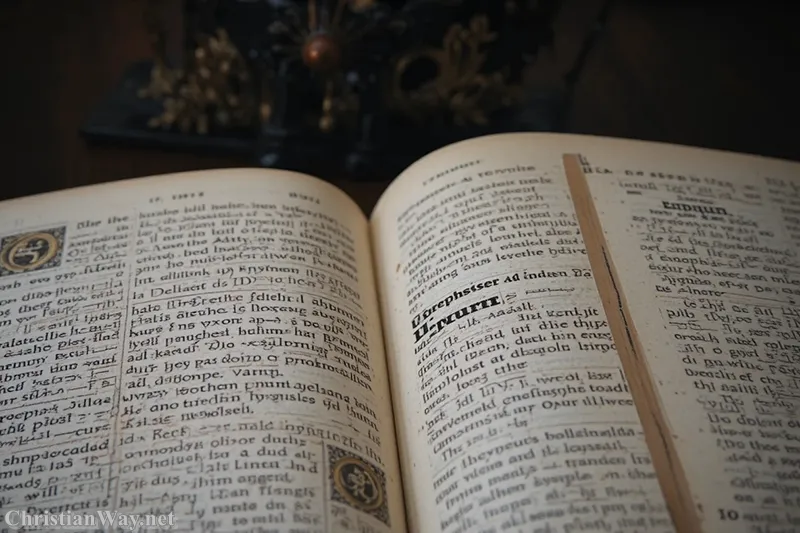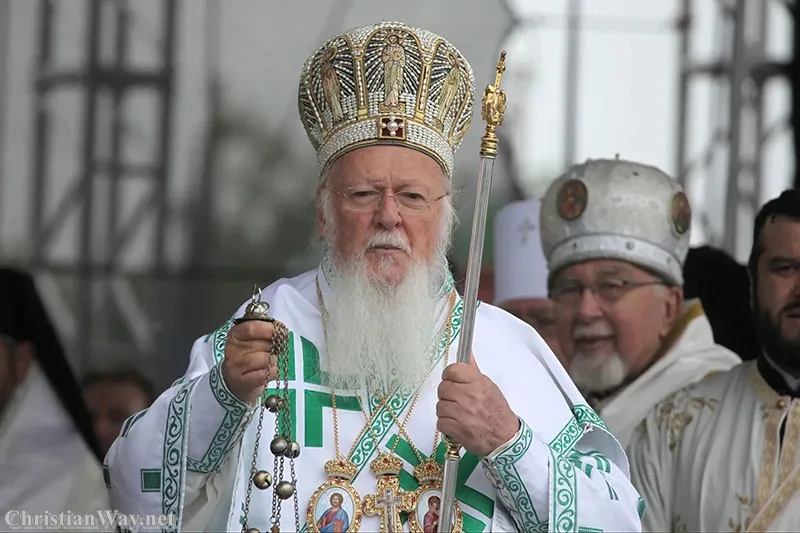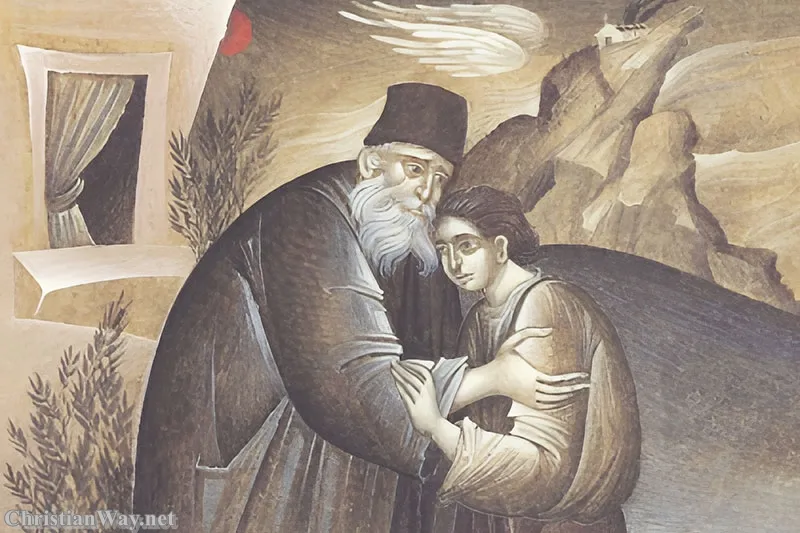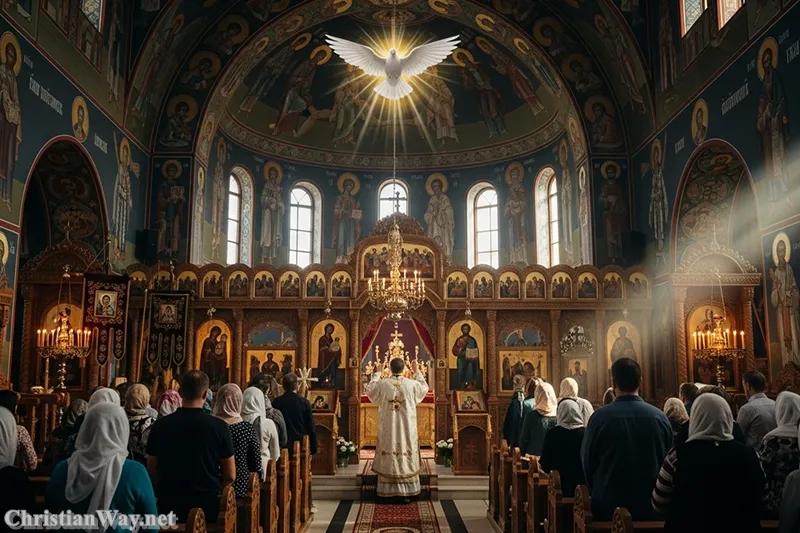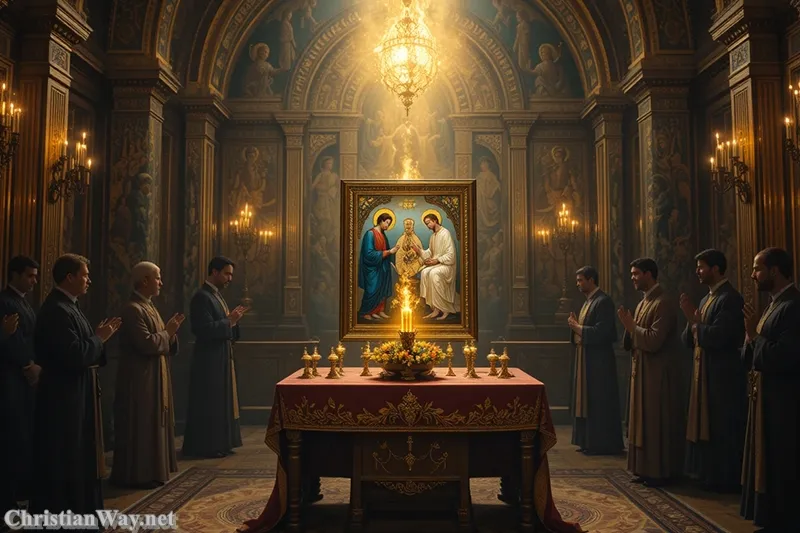Dear friends in Christ,
Every generation hungers for examples — for lives that reveal the possibility of holiness in the midst of human frailty. The saints of the Eastern Orthodox Church stand as radiant witnesses of this truth: that the grace of God can so fill a human life that it becomes a living icon of the Kingdom of Heaven. In them, we see what humanity was meant to be — transfigured by love, healed by humility, and illumined by the uncreated light of God.
In the Orthodox understanding, the saints are not distant heroes of faith, but intimate friends and intercessors, joined with us in the mystical communion of the Body of Christ. Their lives are not simply moral examples but theological realities — living manifestations of deification, the process by which the human person becomes “partaker of the divine nature” (2 Peter 1:4). Through their prayers, teachings, and witness, they remind the faithful that holiness is not reserved for a few but is the calling of all.
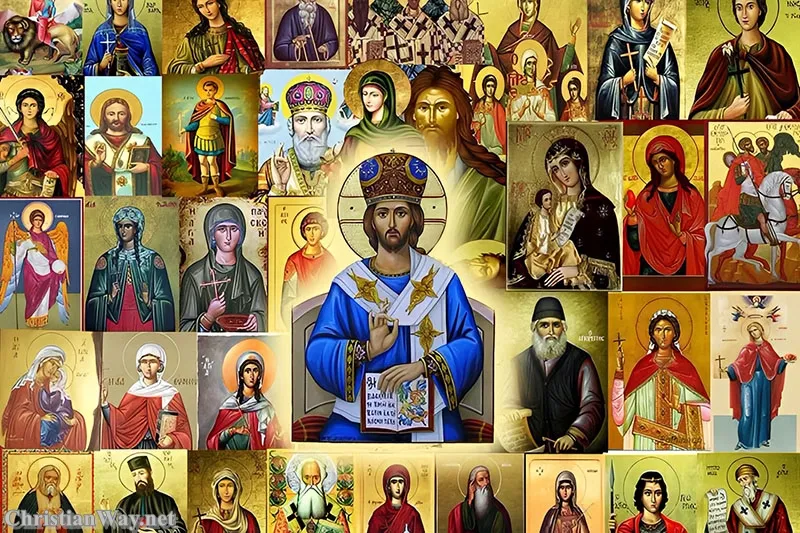
Let us, then, walk slowly through this sacred vision — to understand who the saints are in the Eastern Orthodox faith, how they are venerated, and what their lives reveal about our own journey toward God.
The Communion of Saints: A Living Reality
In the Orthodox Church, the saints are not simply remembered; they are alive in Christ. When we proclaim in the Divine Liturgy, “Christ is risen, and life reigns,” we affirm that those who have died in Him are not gone, but are alive in His glory. Death no longer divides the Church. The saints, though physically departed, remain mystically united with the faithful on earth.
The Church as Heaven on Earth
Orthodox theology understands the Church as both visible and invisible — an earthly reflection of the heavenly reality. When the faithful gather for the Eucharist, heaven and earth meet in the mystery of worship. The saints are present in that communion, surrounding the faithful in the “great cloud of witnesses” (Hebrews 12:1).
Their presence is not poetic but real. Icons of the saints, placed upon the iconostasis and the walls of Orthodox churches, are not decorations but windows to eternity. Through them, the faithful are reminded that the Church transcends time and space — that those who have finished the race are praying for those still running it.
The Intercession of the Saints
The Orthodox veneration of saints includes the belief in their intercessory power. Just as we ask our friends on earth to pray for us, we ask the saints in heaven to intercede before God on our behalf. This is not seen as a distraction from Christ but as an expression of the unity of His Body. All prayer ultimately moves through Christ, the one Mediator between God and humanity (1 Timothy 2:5). Yet in the mystery of love, those united to Him share in His ministry of intercession.
The Path of Theosis: Becoming Like God
The holiness of the saints is not an achievement of willpower or morality but the fruit of divine grace. In Orthodox theology, this process is called theosis — the transformation of the human person by participation in the divine life.
The Image and Likeness of God
From the beginning, humanity was created in the image and likeness of God (Genesis 1:26). Sin wounded that likeness but did not destroy it. In Christ, the New Adam, the divine image is restored and fulfilled. The saints are those who have allowed that image to shine fully — not by self-exaltation but through surrender to the Holy Spirit.
Saint Athanasius famously wrote, “God became man so that man might become god.” This does not mean that humans become divine by nature, but that they are filled with divine grace — radiant with uncreated light, as seen in the Transfiguration of Christ on Mount Tabor.
The Lives of the Saints as Icons of Theosis
In the lives of the saints, we see the living out of this mystery. Saint Seraphim of Sarov, who greeted every person with “Christ is risen, my joy,” radiated the light of the Risen Lord. Saint Mary of Egypt, once enslaved to sin, became a desert dweller of repentance and divine peace. Saint Gregory Palamas taught that the light seen by the apostles at Tabor is the same light that sanctifies the heart through prayer.
Their holiness was not theoretical but experiential — born from deep prayer, humility, and ascetic struggle. The saints remind the faithful that divine transformation happens not in isolation from the world, but through daily surrender to God’s will.
Icons and the Visibility of Holiness
Orthodox Christianity places profound emphasis on the icon — the sacred image that reveals divine truth through beauty. The saints, both in their lives and in their painted images, are seen as icons of Christ Himself.
Theology in Color
An icon is not mere art; it is theology in color. Through the careful use of form, light, and symbolism, the iconographer depicts the saint as one already glorified — not bound by earthly shadows but illumined by divine light. The golden background of icons represents eternity; the calm expressions of the saints reveal inner peace; the stylized bodies reflect transfigured creation.
Veneration, Not Worship
When Orthodox Christians bow before an icon, kiss it, or light a candle before it, they are not worshipping the image. Worship belongs to God alone. The honor given to the icon passes to its prototype — the person depicted, who in turn reflects the glory of God. This distinction was defined by the Seventh Ecumenical Council (Nicea II, 787), affirming that veneration (proskynesis) is not the same as adoration (latreia).
Through icons, the faithful encounter the communion of saints as a tangible reality. Each icon becomes a silent homily, reminding the believer that holiness is not abstract but embodied, personal, and attainable.
The Calendar of Saints: The Rhythm of Holy Memory
The Orthodox liturgical calendar is woven through with the remembrance of saints — martyrs, prophets, monastics, bishops, and righteous men and women from every era. Each day offers an opportunity to celebrate their memory, to read their stories, and to be inspired by their witness.
Feasts and Commemorations
Major saints have dedicated feast days that include hymns, prayers, and readings recounting their lives. The Church year becomes a spiritual tapestry, where the faithful walk through salvation history, guided by those who lived it most fully. The Synaxis of All Saints, celebrated on the Sunday after Pentecost, gathers the entire communion into one joyful remembrance, proclaiming that the Spirit continues to sanctify every generation.
The Lives of the Saints
Collections such as The Synaxarion or The Prologue of Ohrid preserve the stories of these holy ones — stories of courage, sacrifice, vision, and mercy. They are not fairy tales or legends but spiritual portraits meant to stir repentance and faith. When Orthodox Christians read these lives during daily prayers, they are not studying history; they are conversing with living friends who walk before them in faith.
The Saints as Pastoral Companions in Daily Life
Orthodox devotion to the saints extends beyond the church walls and into the intimate rhythm of daily living.
Patron Saints and Names
From baptism, Orthodox Christians receive the name of a saint, who becomes a personal patron and intercessor. This relationship is not symbolic but deeply relational. The saint’s feast day is celebrated as one’s “name day,” often with prayer, joy, and acts of charity.
To live under the patronage of a saint is to walk under the guidance of one who has already completed the journey. Many Orthodox Christians speak of feeling the nearness of their patron saint in times of trial, comfort, or decision — as if the communion of saints were breathing quietly beside them.
The Saints in Suffering and Hope
The saints are also the Church’s consolation in times of suffering. They teach that even pain can become a place of encounter with God. The martyrs, who endured death for Christ, testify that love is stronger than fear. The ascetics show that joy can dwell in simplicity. The wonder-workers, through miracles, remind the faithful that God’s power is still active in the world.
For those who feel weak or far from holiness, the saints are gentle teachers. They show that grace meets us where we are and that every step toward God — however small — participates in eternity.
The Unity of the Church Through the Saints
In venerating the saints, Orthodoxy proclaims a profound theological truth: that salvation is communal. The journey to God is never isolated but always shared within the Body of Christ.
The Saints and the Liturgy
In every Divine Liturgy, the saints are named and remembered. The faithful hear their names in the prayers, see their faces in the icons, and sense their presence in the mystery of communion. The Eucharist is the feast of the Kingdom, where saints and angels join in the eternal hymn: “Holy, Holy, Holy, Lord God of Sabaoth.”
Saints as Proof of the Resurrection
Each saint is a living proof of the Resurrection. Their incorrupt relics, miracles, and enduring influence testify that Christ’s victory over death is not a metaphor but a lived reality. As Saint John of Damascus wrote, “Through the saints, God is wonderfully glorified; for He Himself gave them the grace to conquer sin and death.”
The veneration of saints is, therefore, a proclamation of hope — that the human heart, when surrendered to God, can become radiant with immortality.
The Saints and Modern Humanity
Even in an age of technology, secularism, and distraction, the witness of the saints continues to speak. The Orthodox Church does not treat them as relics of a bygone world but as contemporaries in the Spirit.
Holiness in the Modern World
The canonization of recent saints — such as Saint Paisios the Athonite, Saint Porphyrios, and Saint Sophrony of Essex — reminds us that sanctity is not nostalgia but possibility. These holy men lived among us, wrote letters, gave counsel, and comforted those who suffered. They remind us that holiness is not escape from reality but the transfiguration of it.
Saint Paisios once said, “The goal of the Christian is not to become a good person, but to become godly — to be united with God.” Such words pierce the modern illusion that morality alone suffices. The saints reveal that Christianity is not a moral code but a divine relationship.
The Saints as the True Revolutionaries
In a world that celebrates power and achievement, the saints offer a quiet revolution — one of humility, love, and divine light. They teach that to forgive is stronger than to conquer, that to pray is more transformative than to argue, and that to love one’s enemies is the highest imitation of God.
Their witness continues to call each generation to repentance and hope — to rediscover the beauty of a life lived entirely for God.
Reflect and Pray
The saints of the Eastern Orthodox Church are not distant relics of the past but companions of the present and heralds of eternity. They stand before us as luminous examples of what grace can do when the human heart yields fully to divine love. Their lives whisper to our souls: “This holiness is possible for you, too.”
May we walk in their footsteps, not by imitation alone, but by communion — sharing their faith, their humility, and their ceaseless longing for God. Let us remember that in venerating them, we glorify Christ, who is the source and fulfillment of every saint’s holiness.
O Lord Jesus Christ, through the prayers of all Your saints, purify our hearts, strengthen our faith, and make us partakers of Your divine glory. May we, too, become living icons of Your love in this world.
— Fr. John Matthew, for Christian Way
